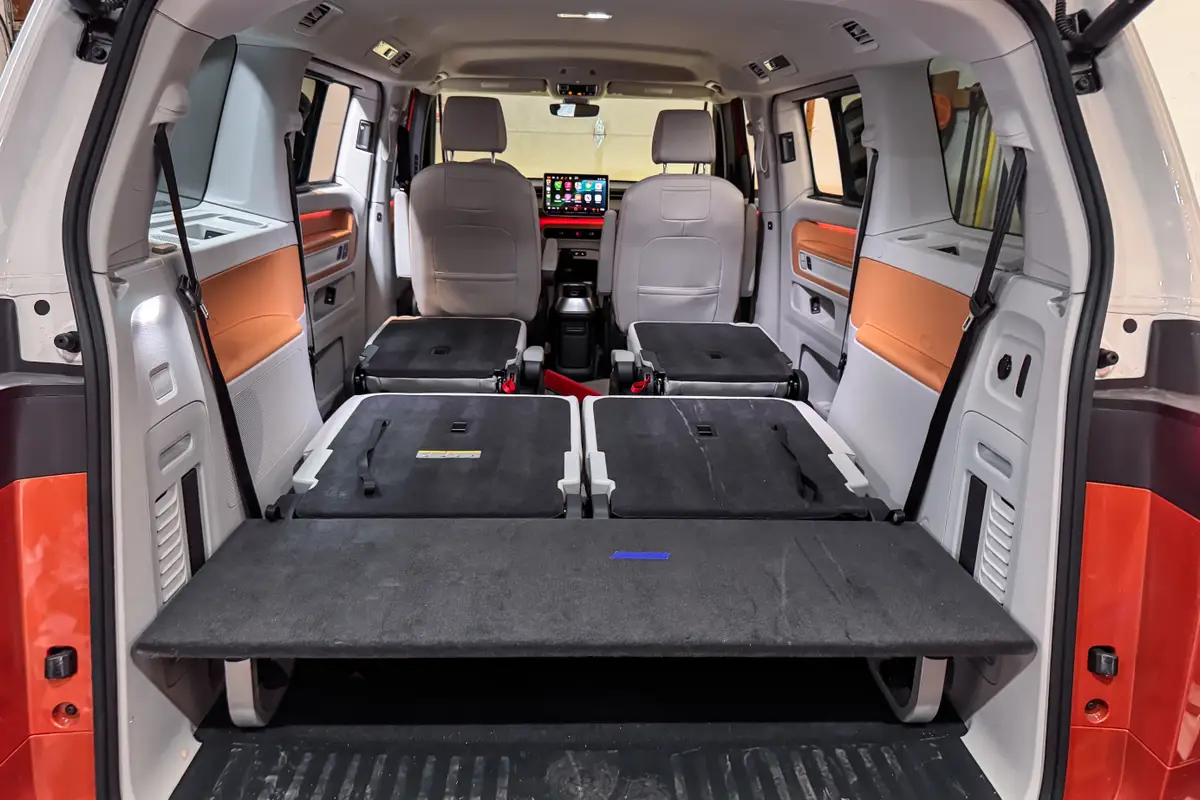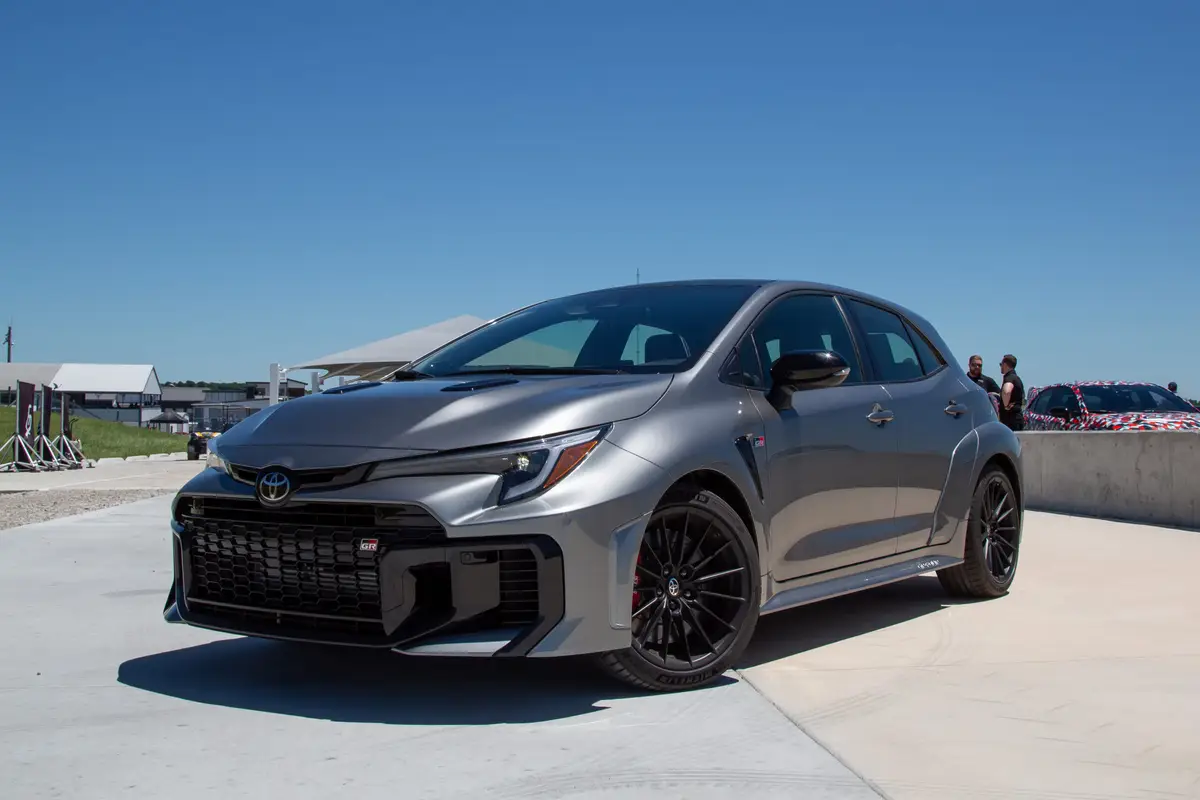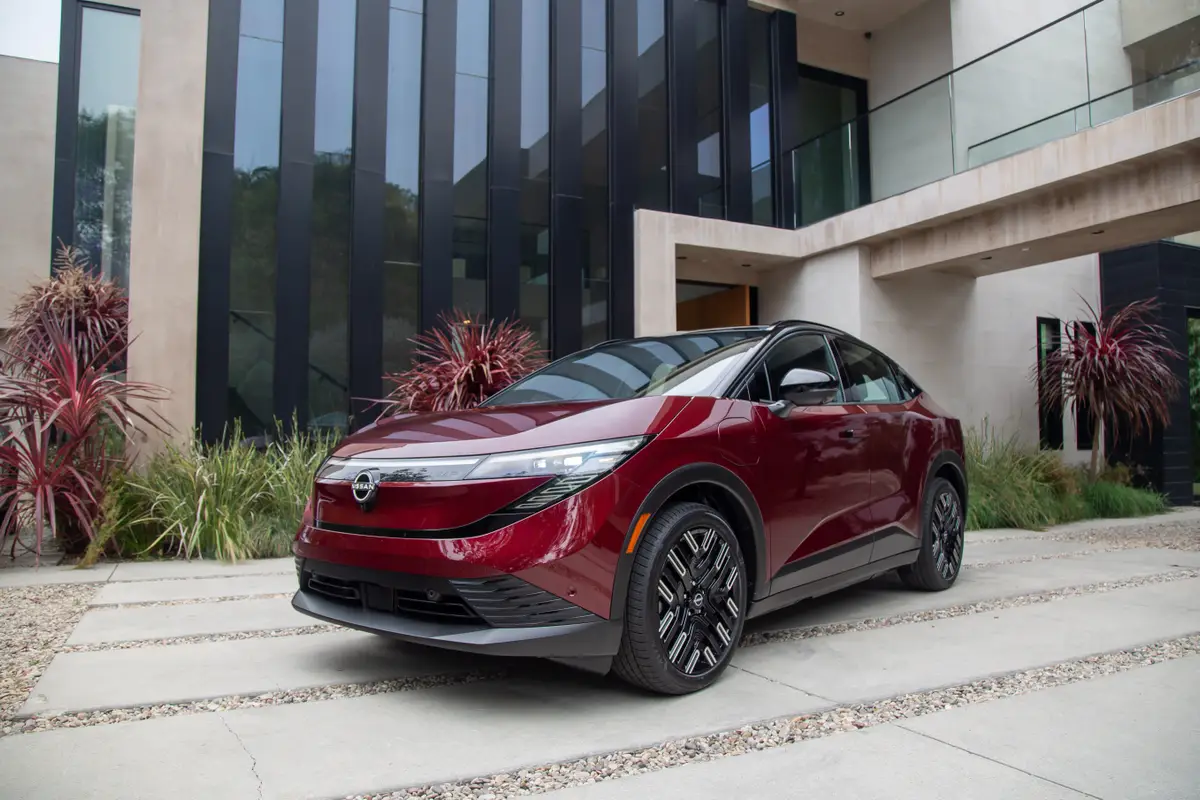10 Cars Pass IIHS' New Passenger-Side Crash Test

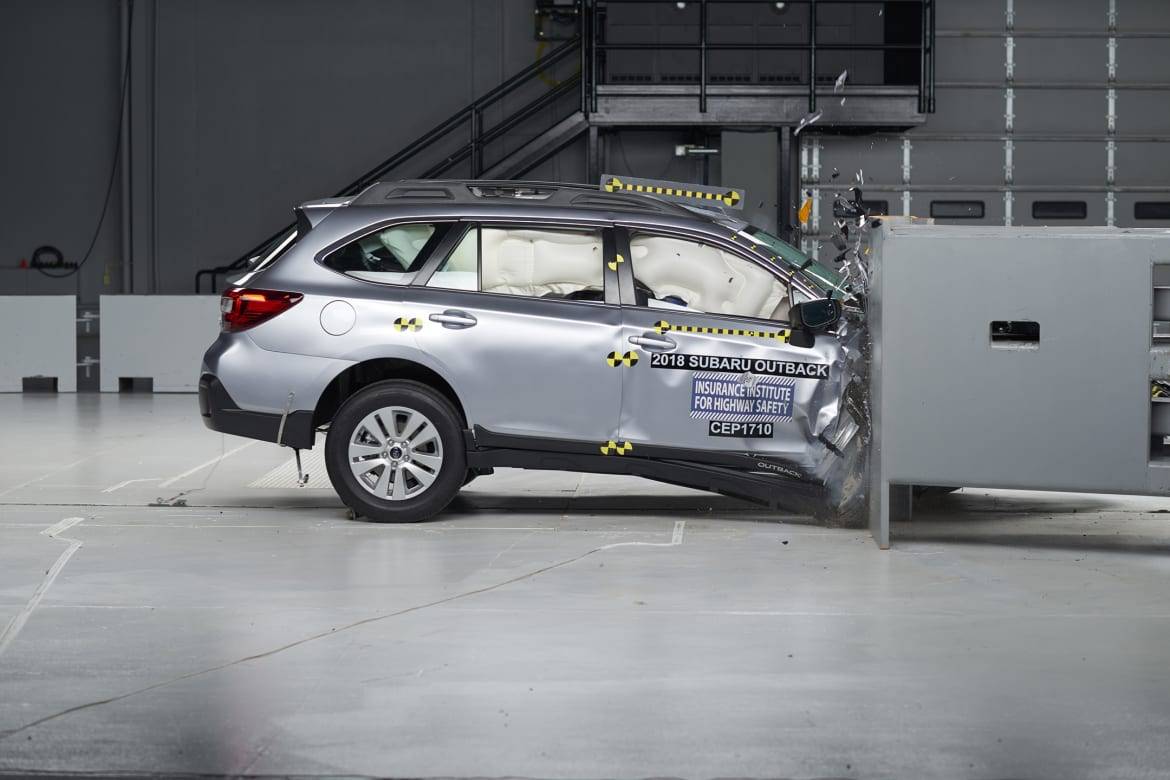
CARS.COM — When it comes to annual crashworthiness evaluations of vehicles by the Insurance Institute for Highway Safety, one thing is always for sure: It doesn’t get any easier. Automakers starting in 2018 will have another challenge to face in the crash-test contest: the passenger-side small overlap front test.
Related: 2016 Traffic Fatalities: Here’s What’s Killing U.S. Motorists
Get 2018 Subaru Outback DetailsFind a 2018 Subaru Outback Near You
This latest feather in a Top Safety Pick Plus award recipient’s cap will indicate that the car earned an acceptable or good score for its ability to withstand a collision in which the passenger-side corner strikes, for example, a tree or utility pole. The test is basically the passenger version of the existing small front overlap test, a stringent evaluation implemented in 2012 that sends a vehicle into a barrier at 40 mph with just 25 percent of the front end on the driver side overlapping the obstacle.
As of this year, vehicles vying for a Top Safety Pick Plus award — IIHS’ top safety honor — had to earn a rating of good in the existing five crash tests, including small overlap front, moderate overlap front, side, roof strength, and head restraints and seats, along with an advanced or superior rating for their front crash prevention system and an acceptable or good rating for headlights. Now, they will face the added layer of scrutiny of having to earn good or acceptable on the passenger-side small overlap front test.
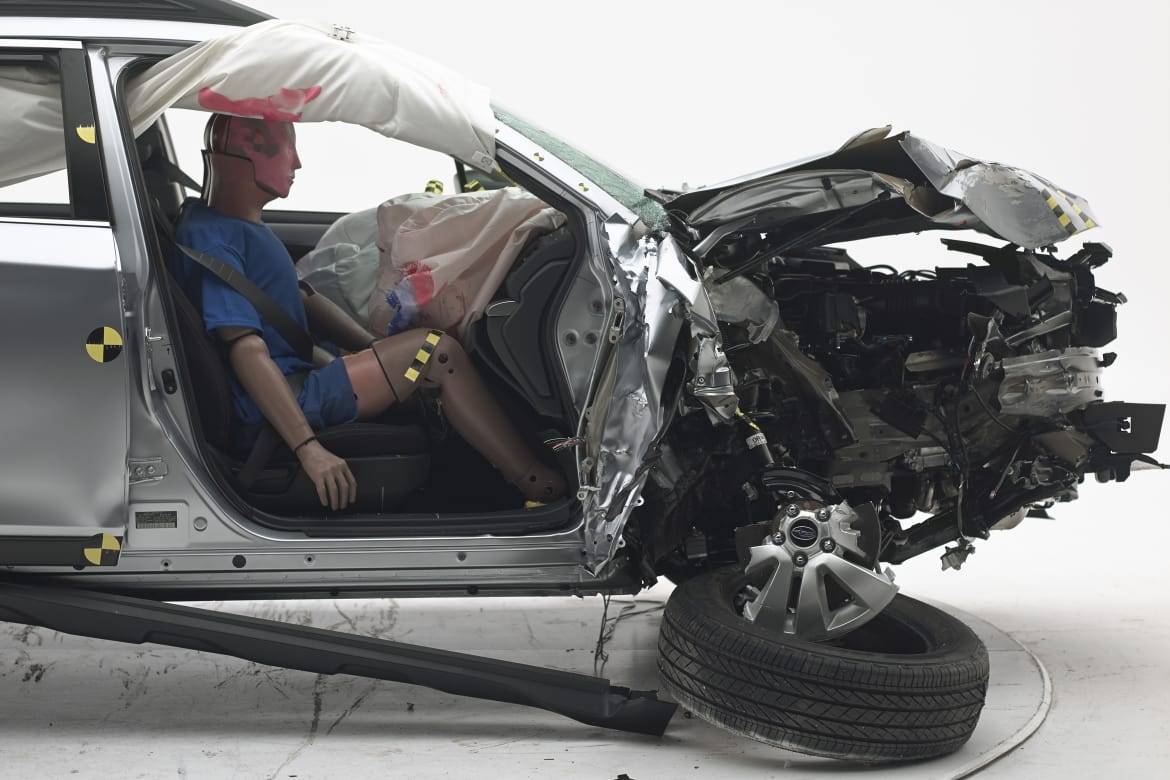
Automakers are off to a promising start on the new test, with 10 of 13 cars in the first official test group of what IIHS categorizes as “mid-size cars” earning good ratings. That’s a far cry from the initial results five years ago, when the small overlap frontal test on the driver side was introduced.
“At first, a majority of models earned poor or marginal ratings in the test, which bypasses most of a vehicle’s primary structure and is therefore more challenging than the head-on crash test conducted by the federal government or the moderate (40 percent) overlap test that the Institute has conducted since 1995,” IIHS said in a statement. “To improve performance, manufacturers strengthened the occupant compartment and in some cases extended the bumper and added engagement structures. Many also had to lengthen the side curtain airbags to provide better forward coverage. The changes have paid off: Among 2017 models, two-thirds earn a good rating.
Vehicles earning a good rating on the passenger-side crash test their first time out were:
- 2017 Ford Fusion
- 2017 Honda Accord
- 2017 Hyundai Sonata
- 2017 Lincoln MKZ
- 2017 Mazda6
- 2017 Nissan Altima
- 2017 Nissan Maxima
- 2018 Subaru Legacy
- 2018 Subaru Outback
- 2018 Toyota Camry
Cars not making the cut included the 2017 Chevrolet Malibu, and the 2017 Volkswagen Jetta and Passat, which scored marginal, acceptable and marginal, respectively. It’s worth noting that while the Jetta earned a Top Safety Pick Plus award for 2017, both the Malibu and Passat failed to snag a Plus designation, receiving the lower-tier Top Safety Pick due to poor headlight ratings. This year’s addition to IIHS’ battery of crash tests is the headlight rating, requiring vehicles to earn either acceptable or good scores.
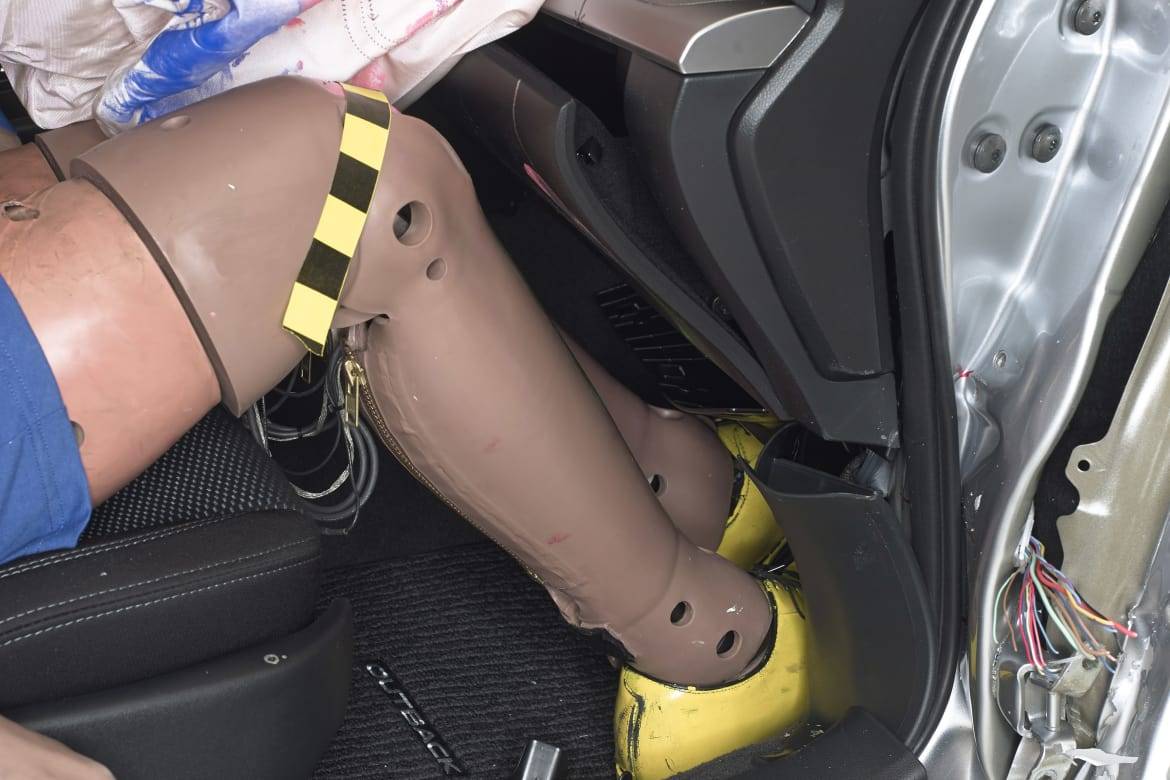
Among top performers on the new passenger-side test, the Subaru Outback wagon and platform mate Legacy sedan were notable. The Outback’s passenger space held up well, IIHS stated, with maximum intrusion of 4 inches at the right edge of the toepan. The safety belt and front and side curtain airbags all worked in concert to keep the crash dummy in place, and measurements showed a low risk of injury in a comparable real-world crash.
In contrast, the two worst-performing cars, the Malibu and Passat, earned a marginal score for passenger protection.
“In both cars, the passenger dummy’s head slid off the front airbag and contacted the dashboard,” IIHS stated. “Measures taken from the dummy showed head injuries would be possible in a real-world crash of the same severity.”
Cars.com’s Editorial department is your source for automotive news and reviews. In line with Cars.com’s long-standing ethics policy, editors and reviewers don’t accept gifts or free trips from automakers. The Editorial department is independent of Cars.com’s advertising, sales and sponsored content departments.
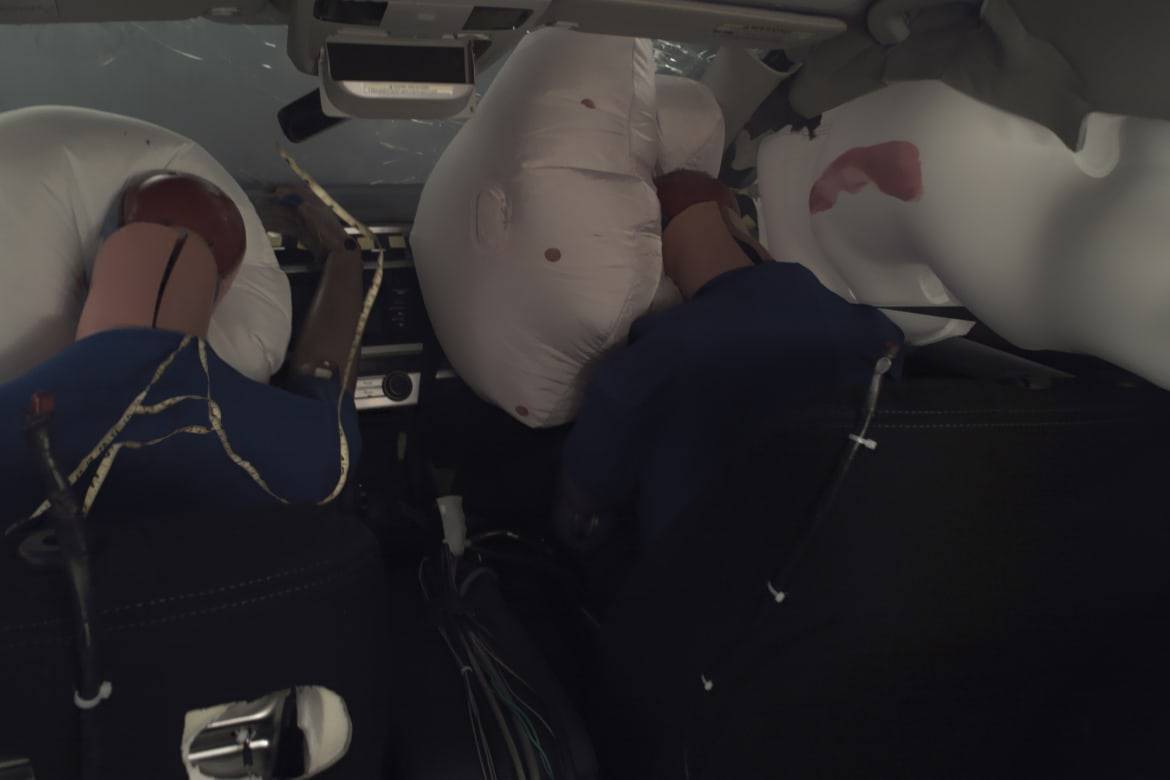

Former Assistant Managing Editor-News Matt Schmitz is a veteran Chicago journalist indulging his curiosity for all things auto while helping to inform car shoppers.
Featured stories
